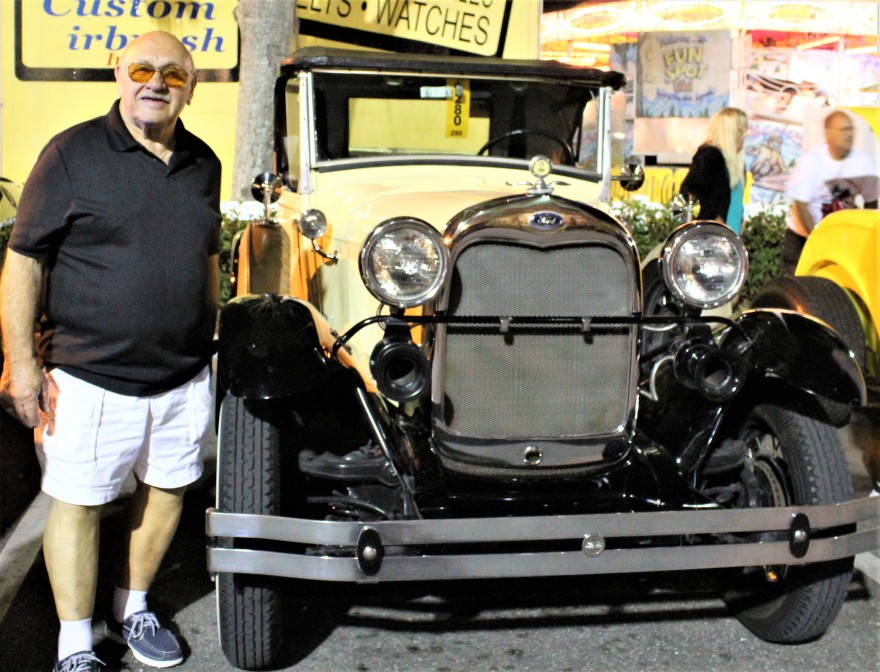“An old proverb relates that “a picture is worth a thousand words,” but the modern corollary is that a picture without words is worth little.” (Kobré 147). According to Photojournalism: The Professional Approach, Kenneth Kobré writes that pictures can raise just as many questions as answers, hence the need for captions. The main purpose of a photo caption is to explain the 5 W’s and an H.
Who
What
When
Where
Why
How
Captions can change the reader’s views on a photo completely. For example a caption can cause a reader to think a photo is sad, when instead the photo is supposed to convey a happy tone.
Captions help the people looking at the photo to know exactly what is going on; which is important in photojournalism, because photojournalism is not just about taking good photos. Photojournalism is mix of photography and journalism both working together to deliver a message, and captions are a great example of photojournalism. Photos give the immediate general message and words shape and focus the message of the photo.
Often times a reader will look at a photo and caption first to decide whether or not to read the entire article, which is another reason a caption is essential.
Although a caption is essential it often falls to the waist side while photographers are out chasing their next photo and writers are too busy concentrating on the article. The text Photojournalism: A Professional Approach refers to a caption as the “stepchild of the media business…” (Kobré 150), nevertheless photojournalists have lost their job for failing to include good captions. Magazines have lost money because of missing, or false captions. So how does a budding photojournalist avoid this blunder? WRITE A GOOD CAPTION!
In order to write a good caption one must include the 5 W’s and an H and fact check the gathered information. One should explain what’s happening in the photo, who is featured, when and where the photo is taking place, why it’s happening, and how the picture was shot or posed.
A caption should be factual and explain the most important information to the reader without distorting any facts; for example, if the photo was taken with a special lens a caption should inform the reader of that in order to stay honest and ethical.
When appropriate the writer can add a quote from the subject of the photo as a caption (I like this method). Captions should tell the reader if something notable happened before the photograph or after. When color is important to the photo the caption should tell the reader the colors in the photo, especially if the photo is in black and white. If a special camera effect was used a caption should tell the reader how it was achieved.
There should not be any elements of ambiguity in photojournalism. A caption should tell the reader the important aspects of the photo. However, a caption should be kept short and sweet. Captions should use periods and short declarative sentences. When writing a caption one shouldn’t include adjectives or adverbs. The photo should still speak to the viewer so the caption should leave out obvious phrases like “hockey player goes for the goal.”
The Associated Press Stylebook offers an easy formula to caption writing which says:
First sentence should describe who is in the photo, what is happening, the name of the city, state, and the date the photo was taken; including the day if the photo is two weeks old or less. (present tense).
Second sentence should include the additional information that was listed above, such as, special lenses used, colors, and special effects (past tense).

In conclusion, there are many different things to remember when writing captions. Each photojournalist should include the necessary information, no more no less. Most importantly, a photojournalist should always write a caption, because a caption helps the reader further enjoy and understand the image they worked so hard to capture.